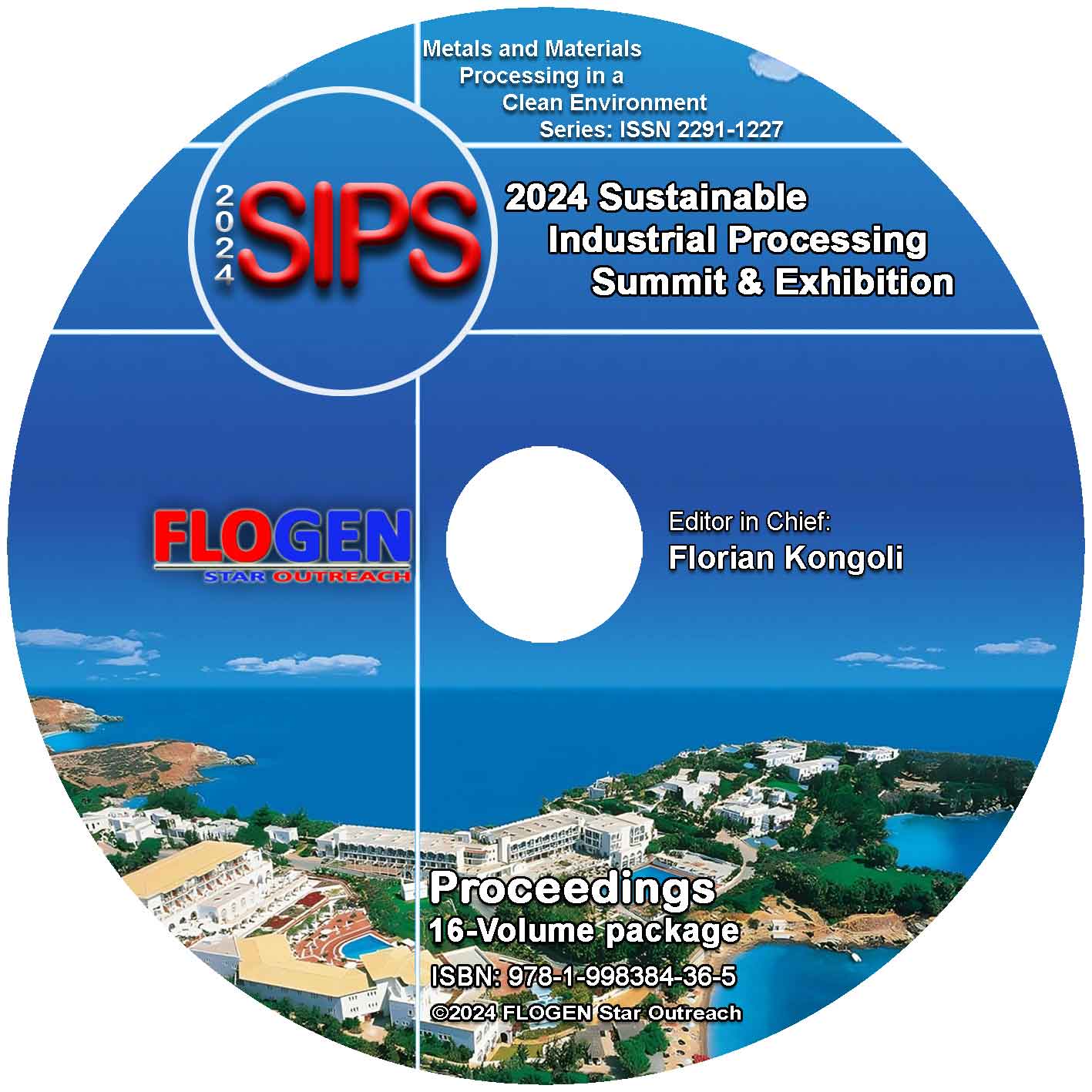2024 - Sustainable Industrial Processing Summit
SIPS 2024 Volume 1. Abe Intl. Symp. / Oxidative Stress and Technological Innovations in Medicine
| Editors: | F. Kongoli, H. Inufusa, T. Yoshikawa, C.A. Amatore, H-Y. Chen, W-H. Huang |
| Publisher: | Flogen Star OUTREACH |
| Publication date: | 23 December 2024 |
| Pages: | 218 pages |
| ISBN: | 978-1-998384-04-4 (CD) |
| ISSN: | 2291-1227 (Metals and Materials Processing in a Clean Environment Series) |

CD shopping page
HYPOXIA-INDUCIBLE FACTORS IN PHYSIOLOGY AND MEDICINE
Gregg L. Semenza1;1JOHNS HOPKINS UNIVERSITY, Baltimore, Maryland, United States;
Type of Paper: Regular
Id Paper: 406
Topic: 46
Abstract:
Each of the fifty trillion cells in the adult human body require a continuous supply of O2. Hypoxia-inducible factors (HIFs) maintain O2 homeostasis by modulating the expression of thousands of genes in order to match O2 supply and demand. HIFs are heterodimeric transcription factors that consist of an O2-regulated subunit (HIF-1a, HIF-2a or HIF-3a) and a constitutively-expressed subunit (HIF-1b). The HIF-a subunits are subject to O2-dependent modification by prolyl hydroxylase domain proteins (PHD1-3), leading to binding of the von Hippel-Lindau (VHL) protein and subsequent ubiquitination and degradation. In mice, homozygosity for a knockout allele at the Hif1a locus leads to embryonic lethality at mid-gestation with defects in cardiogenesis, erythropoiesis, and vascularization, indicating that HIF-1a is required for development of all three components of the circulatory system. In humans, the von Hippel-Lindau syndrome is an autosomal-dominant tumor predisposition syndrome, in which affected individuals have a loss- of-function mutation in one VHL allele and the other allele is inactivated in the tumor tissue leading to cerebellar and retinal hemangioblastoma and clear cell-type renal cell carcinomas due to dysregulated HIF activity. Belzutifan, a drug that binds to HIF-2a and blocks its dimerization with HIF-1b, is a highly effective treatment for RCC and other tumors in patients with VHL syndrome. Individuals with hereditary erythrocytosis, which is characterized by excess red blood cells, pulmonary hypertension, and thrombosis, were found to have germline homozygosity for a missense mutation in VHL that reduces but does not eliminate its ability to bind to hydroxylated HIF-1 subunits. The residual VHL activity is sufficient to prevent tumor formation but insufficient to regulate HIF activity. In other patients, a mutation in PHD2 or HIF-2a that decreases hydroxylation of the latter by the former have been identified. The prolyl hydroxylases use a-ketoglutarate as a cosubstrate and drugs that compete with a-ketoglutarate for binding to the hydroxylases, such as Daprodustat, increase erythropoietin expression, thereby increasing red blood cell production in patients with anemia due to chronic kidney disease. Thus, HIF inhibitors are useful for treating cancer and HIF stabilizers are approved for the treatment anemia.